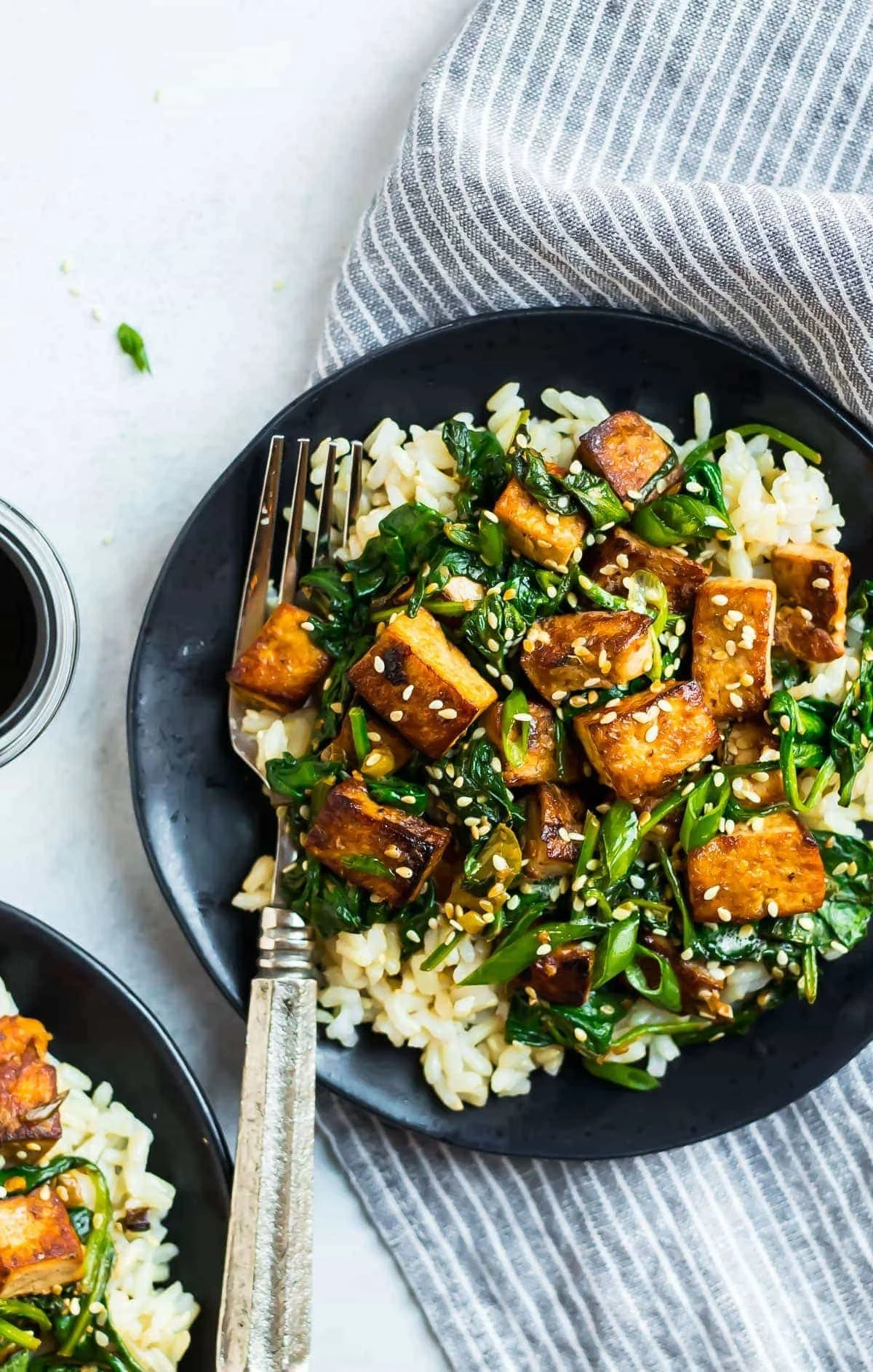BOOST YOUR IRON INTAKE || 6 Nutrient-Rich Foods to Add to Your Diet for Better Health - Recipe Links Included

Ensuring adequate iron intake is vital for maintaining optimal health, yet many individuals may unknowingly fall short of their daily requirements.
I recently had a check-up with my doctor because I was sick for a while, and in this check-up is where I mentioned that I grew up vegetarian and had symptoms of dizziness for about 2-3 weeks. Despite being aware of the potential for iron deficiency among vegetarians, as frequently discussed with my peers, I had not previously considered its relevance to my health, especially given the absence of similar concerns within my family or their supplementation practices
These revelations prompted concern from my physician, who recommended a blood test to investigate further. Subsequent test results confirmed my suspicion: I was indeed experiencing iron deficiency.
While the conventional way often dictates the use of iron supplements to address such deficiencies, I was hesitant to rely solely on supplementation indefinitely. This prompted me to explore alternative dietary strategies aimed at naturally increasing my iron intake so that eventually I could lean off the supplements. My primary objective was to restore my energy levels and alleviate the persistent dizziness I had been experiencing.
With my research, I’ve compiled seven nutrient-packed foods with recipes renowned for their iron content.
Photo Credits: Hurry the Food Up
1. Spinach
This superfood is not only rich in vitamins and minerals but also packed with iron. Just one cup of cooked spinach provides around 6.4 mg of iron, making it an excellent choice for vegetarians and vegans looking to increase their iron intake. Add spinach to salads, smoothies, omelets, or pasta dishes for a nutritious boost.
Here is a Chickpea Spinach Salad Recipe that is perfect for incorporating this veggie into your meals.
Photo Credits: Eating Well
2. Lean Red Meat
Red meat, such as beef, lamb, and pork, is one of the best sources of heme iron, the type of iron that is most easily absorbed by the body. A 3-ounce serving of cooked beef contains approximately 2.1 mg of iron, along with high-quality protein and essential nutrients like vitamin B12 and zinc. Enjoy lean cuts of red meat in moderation as part of a balanced diet. If you’re a curry lover, this is the perfect recipe for you, and you’ll get your daily intake of red meat as well!
Photo Credits: Cookie + Kate
3. Lentils
Lentils are a versatile legume that packs a powerful nutritional punch, including a generous amount of iron. One cup of cooked lentils provides around 6.6 mg of iron, as well as fibre, folate, and plant-based protein. Incorporate lentils into soups, stews, salads, or veggie burgers for a hearty and satisfying meal. This Lentil Soup recipe seamlessly combines all your favourite ingredients to make a flavourful, healthy, yet filling meal that gives your body the nutrition it needs for the day.
Photo Credits: Dude That Cookz
4. Quinoa
Quinoa is a gluten-free grain prized for its complete protein profile and abundant nutrients, including iron. One cup of cooked quinoa contains about 2.8 mg of iron, along with essential amino acids, fibre, and antioxidants. Use quinoa as a base for salads and stir-fries or as a nutritious alternative to rice or pasta. A personal favourite is Quinoa with roasted veggies. Not only does this recipe taste amazing, but the roasted vegetables, including zucchini, sweet potatoes, baby carrots, mushrooms, and broccoli, undergo a transformative journey in the oven, where caramelization imbues them with irresistible sweetness and depth. This roasting process enhances their taste and preserves their nutritional integrity.
Photo Credits: Well Plated by Erin
5. Tofu
Tofu, made from soybeans, is a nutrient-dense food particularly rich in iron and plant-based protein. A 3.5-ounce serving of firm tofu provides approximately 2.7 mg of iron and calcium, magnesium, and phosphorus. Incorporate tofu into stir-fries, curries, or grilled dishes for a delicious and meat-free source of iron. A popular way to incorporate tofu into your meals is a simple stir-fry. This specific recipe takes less than 30 minutes and is highly personalizable to your taste. You can throw in all your favourite vegetables or even some other types of protein to make this your go-to meal.
Photo Credits: The Pioneer Woman
6. Pumpkin Seeds
Pumpkin seeds, also known as pepitas, are a delicious and nutritious snack rich in iron and other essential minerals. Just one ounce of pumpkin seeds contains around 4.2 mg of iron and healthy fats, fibre, and antioxidants. Enjoy pumpkin seeds as a topping for salads, yogurt, or oatmeal, or eat them on their own for a satisfying snack. You could even make a Pumpkin Risotto and top it off with the seeds–that way, you are getting the full benefits of the entire pumpkin!
Incorporating iron-rich foods into your diet is essential for maintaining optimal health and preventing iron deficiency. By including a variety of nutrient-rich foods such as spinach, lean red meat, lentils, quinoa, tofu, pumpkin seeds, and dark chocolate in your meals and snacks, you can ensure you meet your daily iron needs and support overall well-being. Remember to pair iron-rich foods with sources of vitamin C, such as citrus fruits or bell peppers, to enhance iron absorption. With these simple dietary changes, you can boost your iron intake and enjoy better health and vitality.











